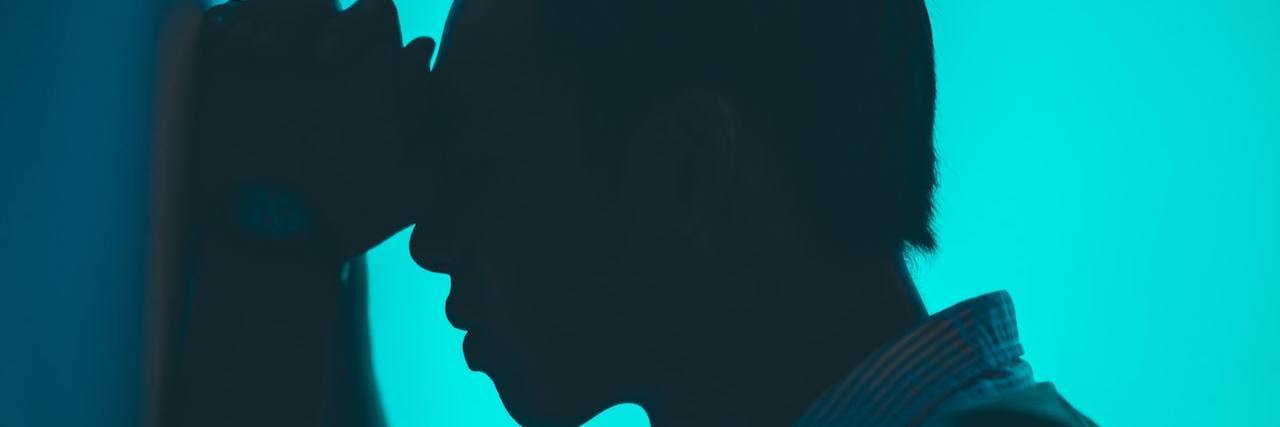Bipolar disorder is an often complex mental health condition that causes you to face episodes of intense high or low moods known as depressive, manic or hypomanic states. Although these mood changes occur for all people with bipolar disorder, the condition can actually be broken down into three types: bipolar I, bipolar II and cyclothymic disorder.
The differences between the three come down to the intensity of manic episodes as well as the frequency and length of the symptoms you experience. According to the National Institute of Mental Health, the following criteria breaks down the features of each type:
Bipolar I:
- Manic episodes that last at least seven days or manic episodes that require hospital care
- Most people with bipolar I also have depressive episodes that usually last at least two weeks. However, a depressive episode is not required to make a bipolar I diagnosis.
Bipolar II:
- Bipolar II disorder is characterized by a less intense form of mania known as hypomania as well as a pattern of depressive episodes.
Cyclothymic Disorder:
- Patients with this type of mood disorder experience periods of hypomanic and depressive symptoms that are typically less intense and don’t last as long as bipolar I or II
- In order to be diagnosed with cyclothymic disorder, you must have these symptoms for at least two years
In some cases, you might not fit in any one type of bipolar disorder. This is described as “other specified and unspecified bipolar and related disorders.” When it comes to discerning between bipolar I and II, the most important thing your clinician will for is whether you are experiencing mania or hypomania. Courtney Davenport, a licensed social worker, explained the difference.
“Hypomania symptoms typically do not interfere with day-to-day functioning and just look like excitability or excessive energy,” she said. “A full-blown mania episode is extremely disruptive in one’s day-to-day life and relationships.”
Research suggests that bipolar II is also associated with longer, more chronic depressive episodes. Scientists explain that bipolar II can be more difficult to diagnose due to the seemingly less severe hypomanic symptoms — which can lead to a poorer outcome due to lack of adequate care and misdiagnoses. One study also showed that bipolar II patients sometimes also respond more slowly to treatment.
Davenport said it’s important for those who are concerned they may have bipolar disorder to see an experienced mental health professional who is familiar with the intricacies of bipolar disorder to provide the most adequate treatment, and therefore the best quality of life.
All in all, bipolar disorder causes intense emotions, but the duration and intensity of your symptoms will vary by subtype. Despite these differences, research suggests that all types of bipolar disorder can cause major disruptions to your life.
You can learn more about bipolar disorder and its symptoms, signs and treatment by visiting the American Psychiatric Association.
Header image via Road Trip with Raj on Unsplash

